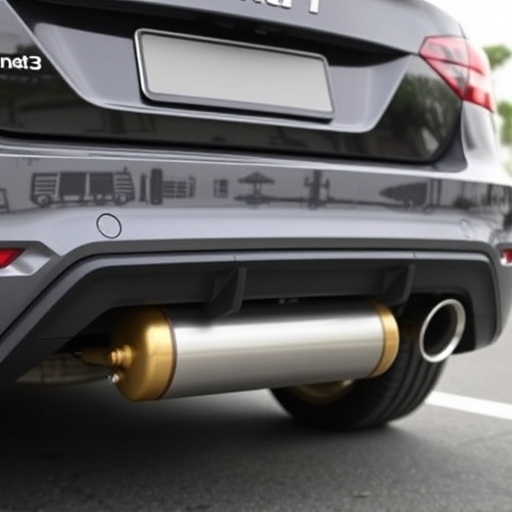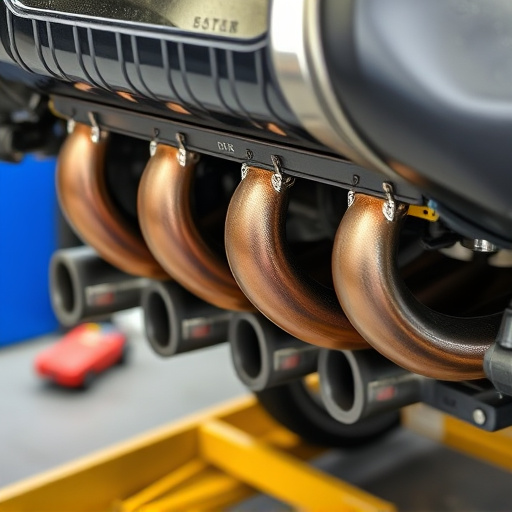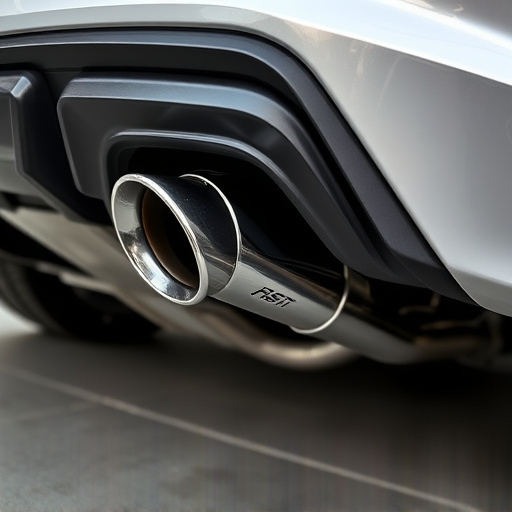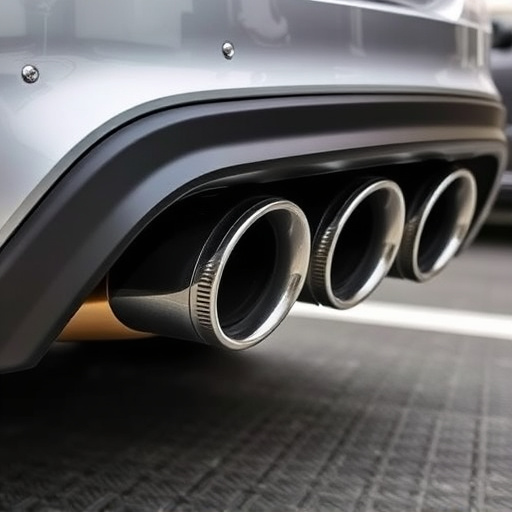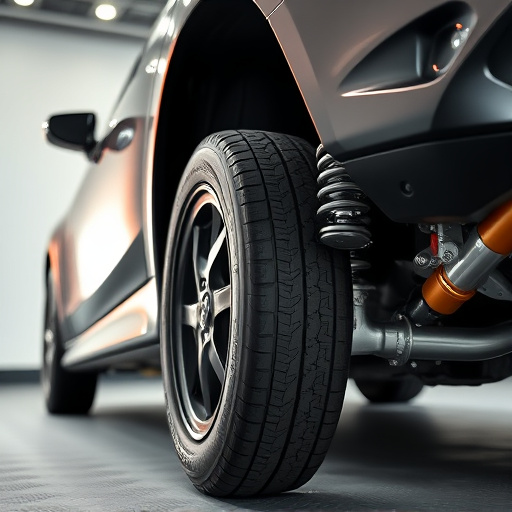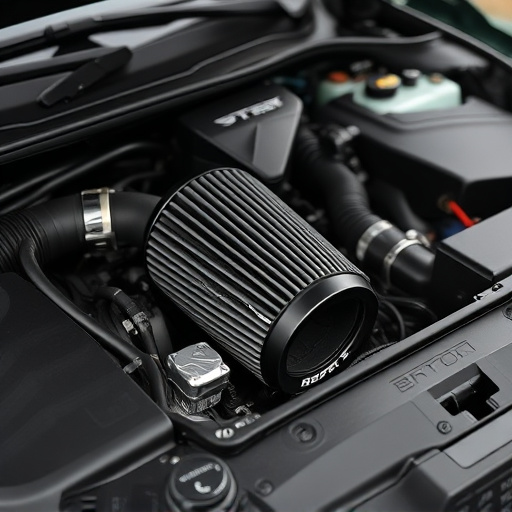Turbo heat shields protect high-performance vehicles from engine heat, preserving AC system efficiency and extending lifespan of critical components like condensers, evaporators, and exhaust mufflers by creating a barrier against excessive heat transfer. Proper installation, maintenance, and use of high-quality parts ensure optimal turbo heat shield performance, crucial for maintaining consistent power output, fuel efficiency, and driver comfort.
Stay cool with a revolutionary solution: the turbo heat shield. These innovative components are designed to protect air conditioning systems from overheating, thereby enhancing efficiency and extending equipment life. By deflecting heat away from sensitive components, turbo heat shields ensure optimal cooling performance. This article explores the basic concept, benefits, and installation tips for these game-changing devices, providing a comprehensive guide for homeowners and professionals alike.
- Understanding Turbo Heat Shields: Basic Concept and Benefits
- How Turbo Heat Shields Enhance AC System Efficiency
- Installation and Maintenance Tips for Optimal Cooling Performance
Understanding Turbo Heat Shields: Basic Concept and Benefits
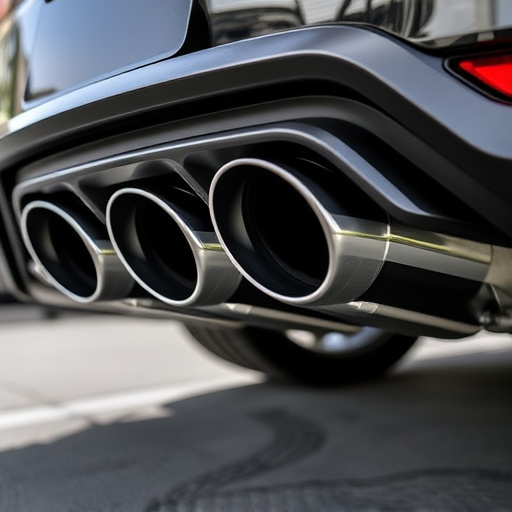
A turbo heat shield is a specialized component designed to protect high-performance vehicles from the intense heat generated by their powerful engines. By acting as a barrier, it prevents heat from reaching sensitive parts of the car, particularly the air conditioning system. This simple yet innovative concept offers several benefits for car enthusiasts and mechanics alike.
These shields are strategically placed around components like cold air intakes, performance exhausts, and even suspension kits, which are often exposed to direct engine heat. By keeping these parts cooler, the turbo heat shield ensures optimal performance and longevity, preventing premature wear and tear caused by excessive heat. This is especially crucial in high-performance vehicles where efficient cooling is vital for maintaining power output and fuel efficiency.
How Turbo Heat Shields Enhance AC System Efficiency
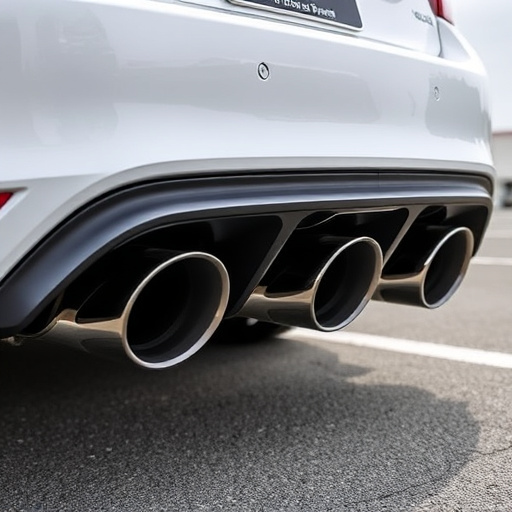
Turbo Heat Shields play a pivotal role in enhancing the efficiency of Air Conditioning (AC) systems. By strategically positioning these shields around the critical components of an AC system, such as condensers and evaporators, they create a protective barrier against excessive heat. This insulation helps to maintain optimal operating temperatures, thereby increasing the overall efficiency of the system.
In addition to temperature regulation, Turbo Heat Shields also contribute to the longevity of exhaust mufflers and intake components by reducing heat transfer. This is especially crucial in high-performance vehicles where air intake systems are subjected to intense heat from engine compartments. By minimizing the impact of heat on these components, heat shields ensure that the AC system continues to operate at peak performance, providing drivers with a comfortable and efficient ride year-round.
Installation and Maintenance Tips for Optimal Cooling Performance
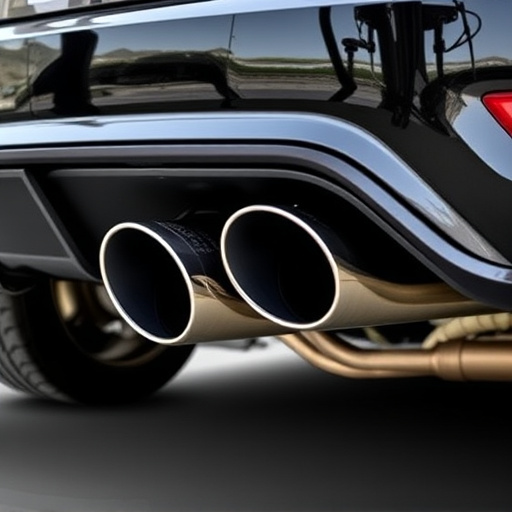
For optimal cooling performance with your turbo heat shield, proper installation and maintenance are key. When installing the turbo heat shield, ensure all suspension components are aligned correctly to avoid any obstacles that could disrupt airflow. Secure the heat shield firmly using high-performance parts specifically designed for the task, enhancing its structural integrity.
Regular maintenance involves keeping the heat shield clean and free from debris. This not only ensures maximum contact with the surrounding air but also protects it from premature wear. Additionally, inspecting the suspension kits and associated components for any signs of damage or wear is crucial. Regular checks can prevent issues that could hinder airflow and impact the efficiency of your air conditioning system.
A turbo heat shield is a game-changer in maintaining optimal air conditioning system performance. By understanding its basic concept and benefits, as well as proper installation and maintenance, homeowners can enjoy enhanced AC efficiency and cooler indoor temperatures. Incorporating this technology into your cooling system is a smart move that pays off in energy savings and improved comfort throughout the year.








